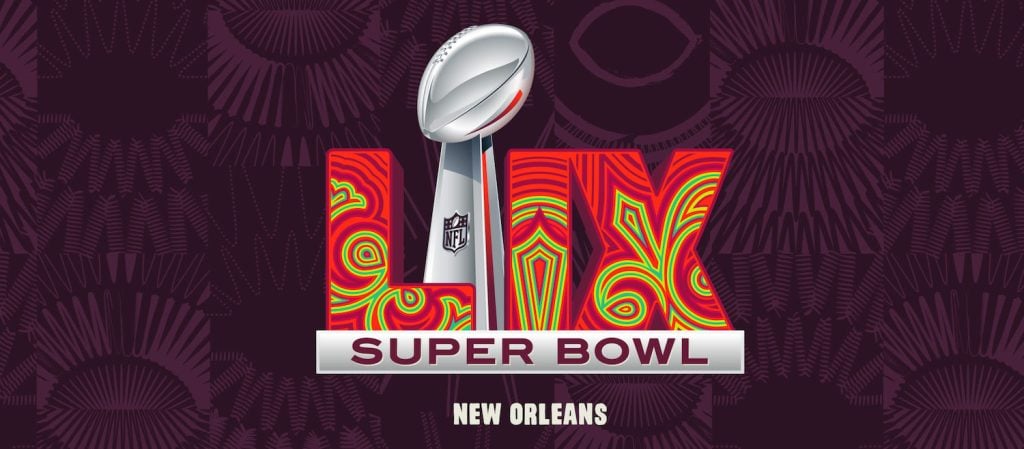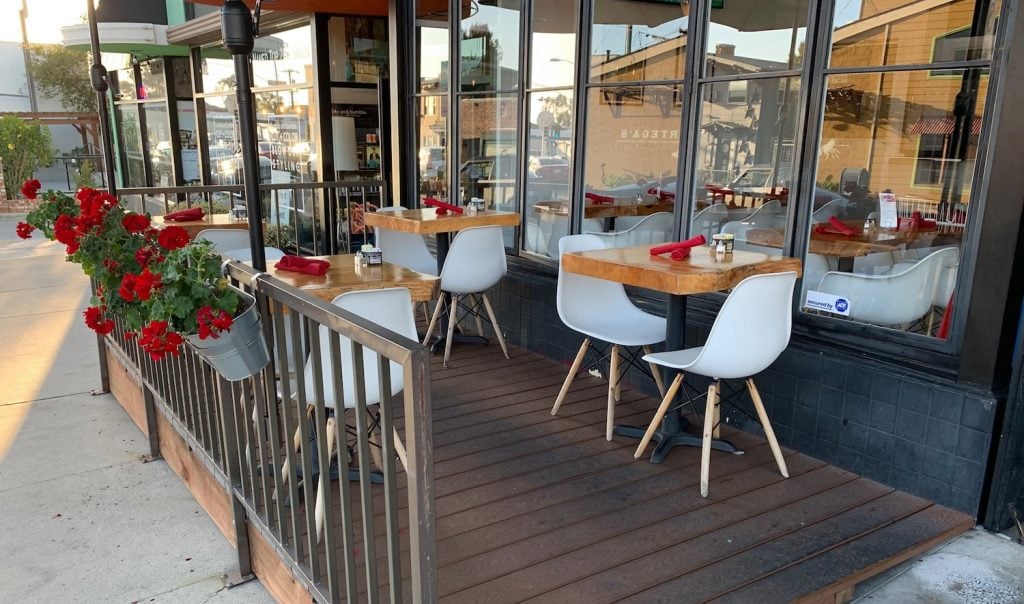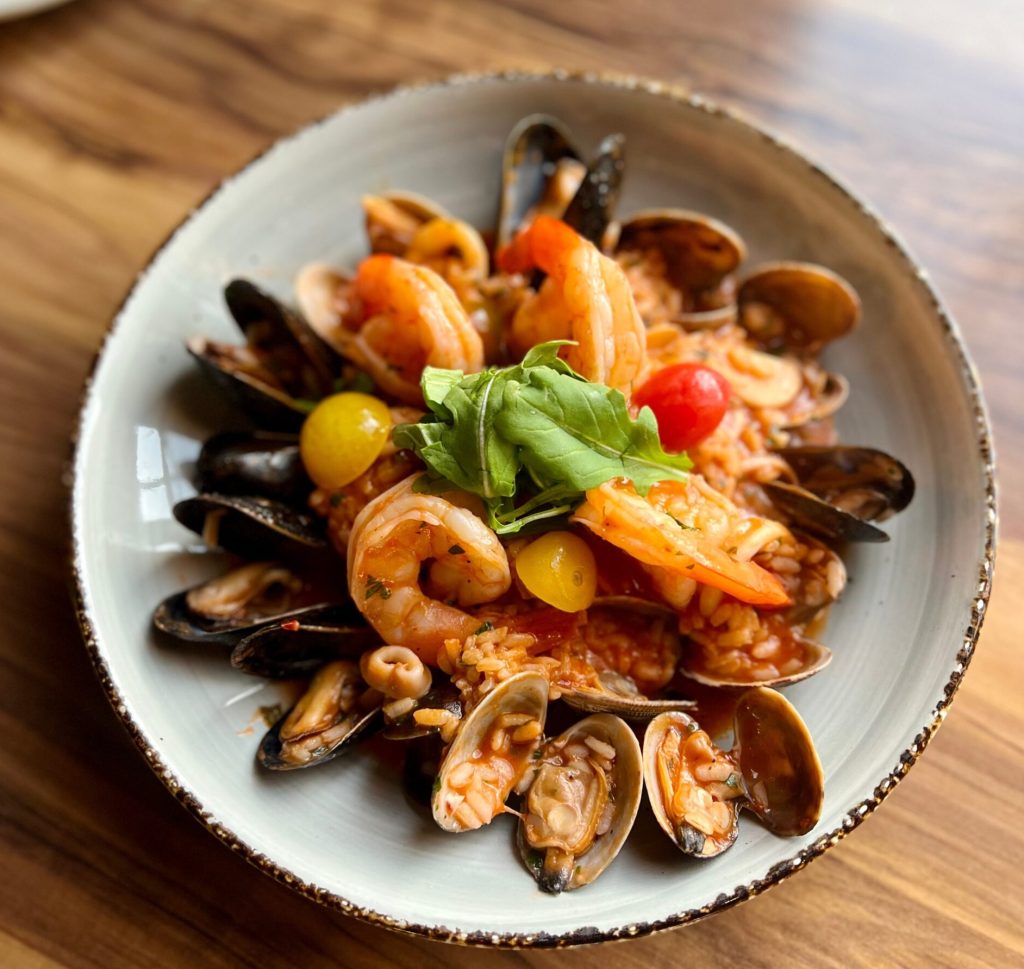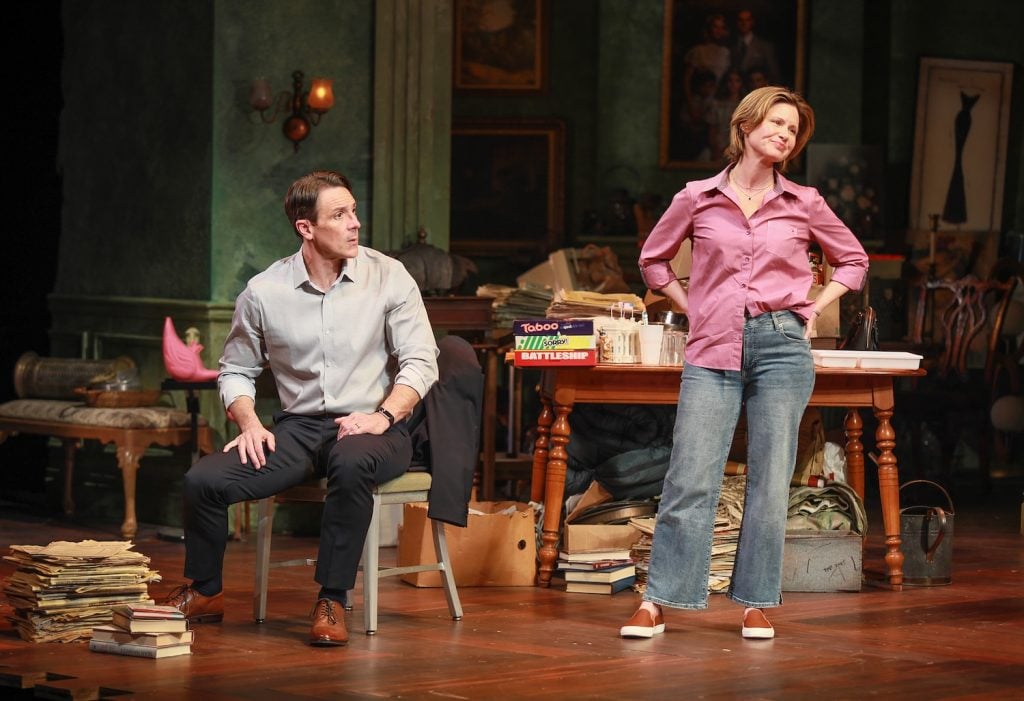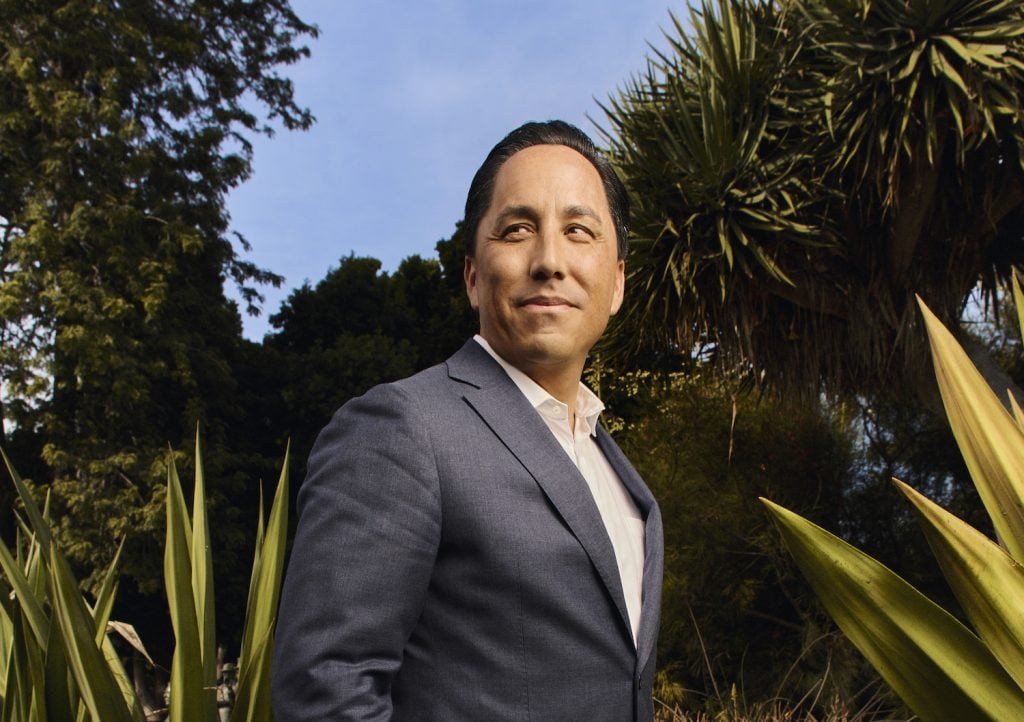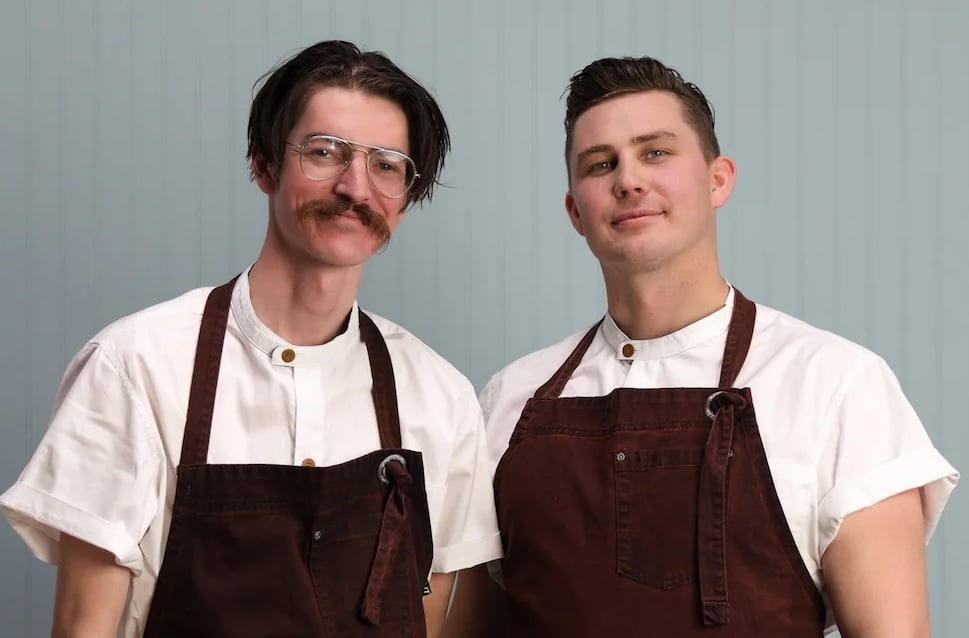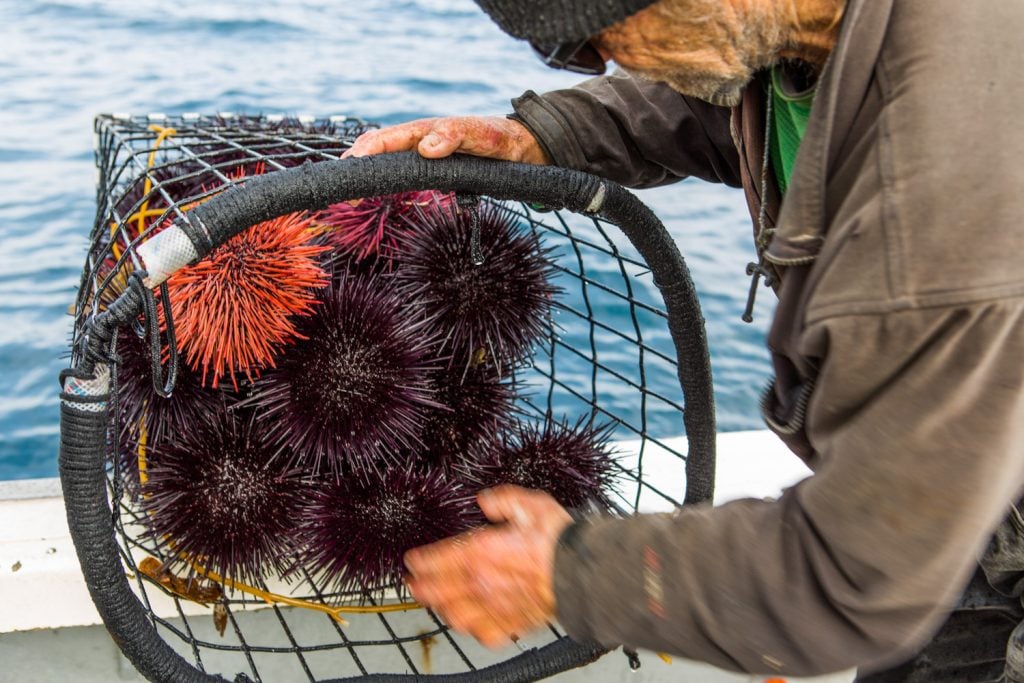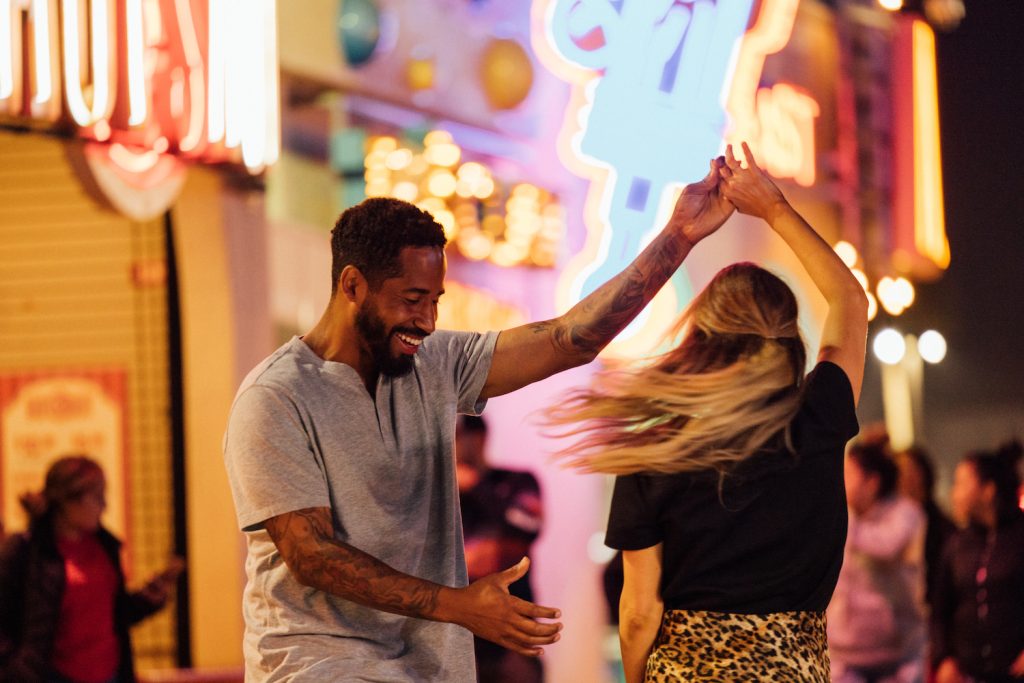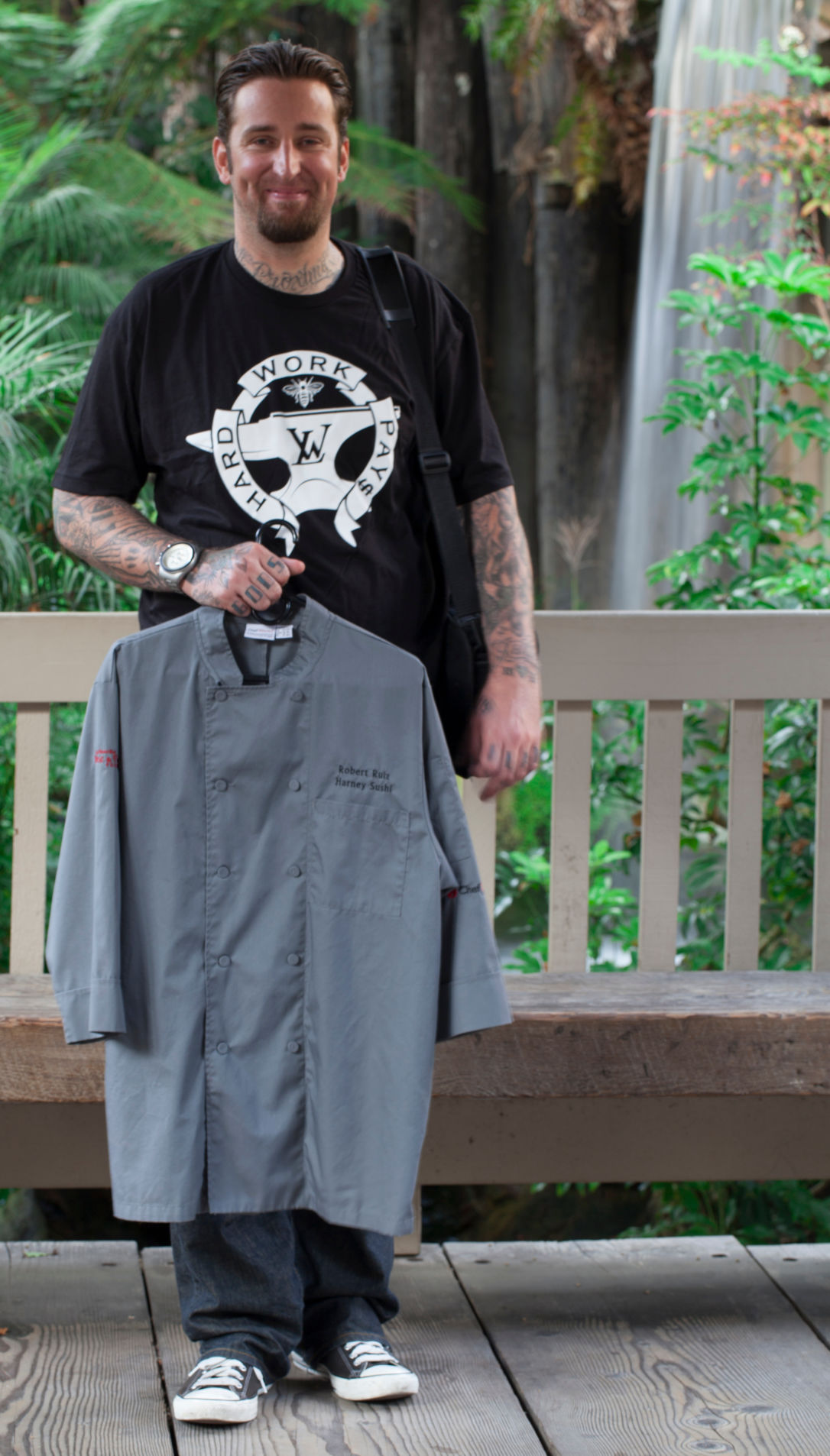—Rob Ruiz
Harney Sushi is a stereotype bucking a stereotype. Everyone on staff, including head chef Rob Ruiz, has the flat-billed baseball cap, tattooed look of a Southern California surf bro who cares mostly about waves, women, weed. With a DJ booth and neon fish tank, the hot spot looks very much live-for-tonight, shotgun-aspirin-tomorrow. And yet, in December of 2011, Harney showed remarkable long-term vision by becoming the city’s first sushi restaurant to go 100% sustainable seafood.
Now a year into their shift, I wanted to know: How sustainable are sustainable sushi restaurants? I’d heard the stats. After a massive study in 2006, a team of Ph.Ds from Halifax concluded, yep, the edible fish in the ocean will be gone (as in nothing left) by 2048. Ten years ago, a Canadian biologist told National Geographic that the world’s population of large fish (tuna, marlin, halibut, etc.) had dwindled to 10 percent. Naysayers have refuted those statistics as exaggerated, saying the Magnuson Fishery Conservation and Management Act—a measure to manage U.S. seafood—has been successful.
Few would argue that eating responsibly, in accordance with data on fish population, is a bad thing. And the biggest threats to fish population? Overfishing, pollution, habitat loss, climate change and… sushi.
The endangered Bluefin tuna is still served on many menus. Farmed salmon is everywhere. A handful of joints in San Francisco, Portland, New York and London are leading the charge for sustainability. But they remain the extreme minority.
Are sushi restaurants simply cavalier bankrupters of the ecosystem? Or are they just not willing to kill a Japanese tradition—now an American obsession—over loosey-goosey research?
The reasons for not going sustainable are usually A) It costs a restaurant too much and B) it’s simply not as tasty, thus ruining the business.
Rob Ruiz calls B.S.
Underneath that erect Harney cap, his face is demure, aversive of eye contact. Ruiz’s knuckles are tattooed to spell “GOD’S PLAN.” He’s strikingly humble, reserved, but shows an occasional flurry of awe and horror when talking of his recent trip to Japan, witnessing the culture (sushi and otherwise) still reeling from the tsunami.
Here for an omakase, Ruiz dishes creation after creation. There’s none of my longtime favorite, octopus (a sustainable hazard). There’s zero Bluefin. The salmon is farmed without antibiotics or hormones on Mt. Cook, high up in the New Zealand Alps. Ruiz’s reverence for the itamae art is classical; his flavors fusionist. And almost all he served was excellent, especially the Suzuki sashimi in browned butter (see “Best Things I Ate This Month”).
The seafood predicament means that, in 2050, omakases like this will suck. But it also means bad, bad things for the ocean and humankind overall. Ocean species filter toxins from the water, protect shorelines from flood, and reduce algae blooms (red tides).
“The fact is our oceans are in crisis,” says Ruiz. “I’m not talking about your favorite reggae band’s catchy tune of consciousness. I’m talking straight up acidified oceans and no fish.”
Why is sustainable seafood important?
Twenty years from now, we are going to look back on the way we currently fish the oceans as barbaric. Sustainable fish sourcing was my way to put all of my life experience and chef skills into making a positive impact.
How difficult was the process?
A lot easier than expected. There’s a lot more work in demanding traceability in the seafood we source. Sometimes we’re not able to offer certain species when they’re out of season. What was surprising is that more customers are excited about eating sustainably and educating themselves, rather than being turned off when we don’t have the threatened species they were trained to eat.
What fish is the hardest to do sustainable?
Tuna. It doesn’t matter what species of tuna you’re after—they’re all in short supply. The top-tier or “standard” fish at every sushi bar are only standard because of what was available 20 years ago. Think of a sushi chef like a farmer. A farmer will plant and harvest crops in accordance to what the season dictates. The same applies to sushi. During winter, I have 26 species of fish at their peak. Those are my first choice. Then I find who’s capturing them using sustainable practices and support those fisheries. Then we assimilate our sustainable fish into our popular rolls without disrupting the flavors we’re famous for.
What fish can’t you serve?
Bluefin tuna: It’s an endangered species and close to complete collapse.
Unagi (freshwater eel): It’s a threatened species that’s slowly being driven to extinction by destructive farming methods.
Tako (octopus): It’s a victim of what we call the “octopus bottleneck.” Octopus are caught using bottom trawlers that permanently destroy the sea floor. They’re brought to Japan and processed for sushi. Here they are mislabeled as “products of Japan,” which creates a loophole for piracy, corruption, and resulting destruction of our ocean.
Farmed salmon: Most farmed salmon is not salmon at all, but a species of trout Norwegian biologists selected for its ability to survive in overcrowded pens. This fake salmon is fed hormones and steroids, along with a little food coloring to turn them orange, and then labeled and sold to you as salmon. It’s horrible. The main issue that goes undetected is how the fake salmon are farmed in areas where real salmon flourish. The sea lice that multiply like locusts around the salmon farms branch out and feast on the wild salmon, literally eating them alive. I witnessed this in British Columbia fishing for salmon.
How have you replaced those items?
Tuna: We serve is U.S. Fishery, Atlantic yellowfin tuna. It meets the recommendations of our federal government’s sustainable fisheries management (NOAA, National Oceanic and Atmospheric Administration), and the Monterey Bay Aquariums “best” choice for sustainable practice.
Octopus: We only carry octopus a few months of the year when it’s in season, and we get it from Hokkaido Japan, Japan’s North Island where they harvest it sustainably.
Unagi: Our “faux-nagi” is the most exciting. We take sustainable black cod, aka butterfish, and prepare it the same way as you’d prepare unagi. It’s rich and delicious without the bones or skin of the unagi. And it’s super popular.
Biggest challenge in going sustainable?
The biggest challenge in going sustainable at Harney was standing up to all the purveyors who didn’t want to change or help. They had been selling products a certain way for so long, relying on the ignorance of the consumer to sell them what they want at the price they want. We weren’t going to stand for it anymore. If you don’t want our business, fine. We’ll go to the next guy.
I’ve heard it costs too much for restaurants to go sustainable.
One of the greatest myths. It’s actually quite the opposite. We made this change during one of the worst economic downturns in history, so there was no way we were gonna raise prices for a clientele that’s supported us for 12 years. There are short-term costs to changing over. Our costs spiked when we made the initial transition. But after you make the change it becomes more profitable; our costs are at historic lows. At Harney, we took a step-by-step approach and changed over to sustainable one species at a time, always taking quality and taste into account along with how we harvested the particular species. So one at a time we would measure weight, yield, and portion control. It was like coming out with a new menu, but the sustainability of each ingredient got added to the list of necessary criteria. As with any new menu, there was trial and error and dish development. But never did we find an item to be too expensive to use. We just had to educate ourselves on how to best utilize the new proteins.
How exhausting is the research?
It never ends. Research and data collection improve and update every day, so you must stay on top of the issues daily. I have focused on sushi since 2005, but I was trained in classic French and Hawaiian regional cuisine. When I was at the Hualalai Resort on the Big Island we had our own aquaculture practices where we farmed our own shrimp and moi (Hawaiian mullet). The Hawaiian people were the ultimate leaders in sustainability because they had no other alternative. They fashioned everything they needed for life out of plants, and farmed their own fish in ancient ponds that still had fish in them when I was going to school there.
How do customers react when they can’t get, say, octopus?
At first they’re let down, of course. But then they hear why. And then they try other items like miru-ga—a giant clam that is sustainable, has a similar texture, but is a little more sweet and versatile. They’re elated.
Biggest “who woulda known” things you’ve learned?
The Japanese used to throw fatty tuna into the trash. It barely qualified as food for cats until after WWII. The original ultimate fish for sushi was the Tai Snapper. It was only after the US occupation of Japan, that we introduced them to butter and fatty foods, and the love of toro (tuna) began. Also that San Diego is a hub of leaders in sustainability. NOAA has its Southwestern Center for Conservation here in La Jolla. Scripps Institute is a global leader in marine research. And the only sustainable fish hatchery on the West Coast is here.
What do you find lacking in the seafood system? What would help the movement?
Transparency, traceability, and awareness all need to become priorities. Right now everyone complains that you can’t define sustainability. That it’s confusing, or a trend. We need to get all the cards on the table so that consumers can make informed decisions with their dollars. Now, in this time of “conscious consumerism,” we have a chance to make the changes that will save our future.
Are more sushi restaurants going sustainable?
There are about a half dozen in Seattle, a couple in Chicago, a new one in New York. They’re huge in the EU. I set up a “sustainable sushi” Google alert and a get a new email about twice a week about new sustainable sushi bars. With direct interest from mags like The Economist, it’s the beginning of a global change.
Some people claim that sustainable sushi simply isn’t as good. That the fish that are endangered are overfished because they’re the best…
The fish that are endangered now are endangered out of tradition and religious and cultural beliefs. These beliefs were based on survival. When people and cultures start to accept the truth about the state of the oceans, they’ll see the change that needs to be made. Sadly the fish that are in jeopardy now are not the most delicious. Every season behind a sushi bar brings so many new species and delicacies. There are 5,000 sushi bars in Tokyo and just as many philosophies about sushi.
For anyone interested in reading more about sustainable seafood, Ruiz suggests the following resources:
WEB
International Seafood Sustainability Foundation
Scripps Institute of Oceanography
BOOKS
FILMS
